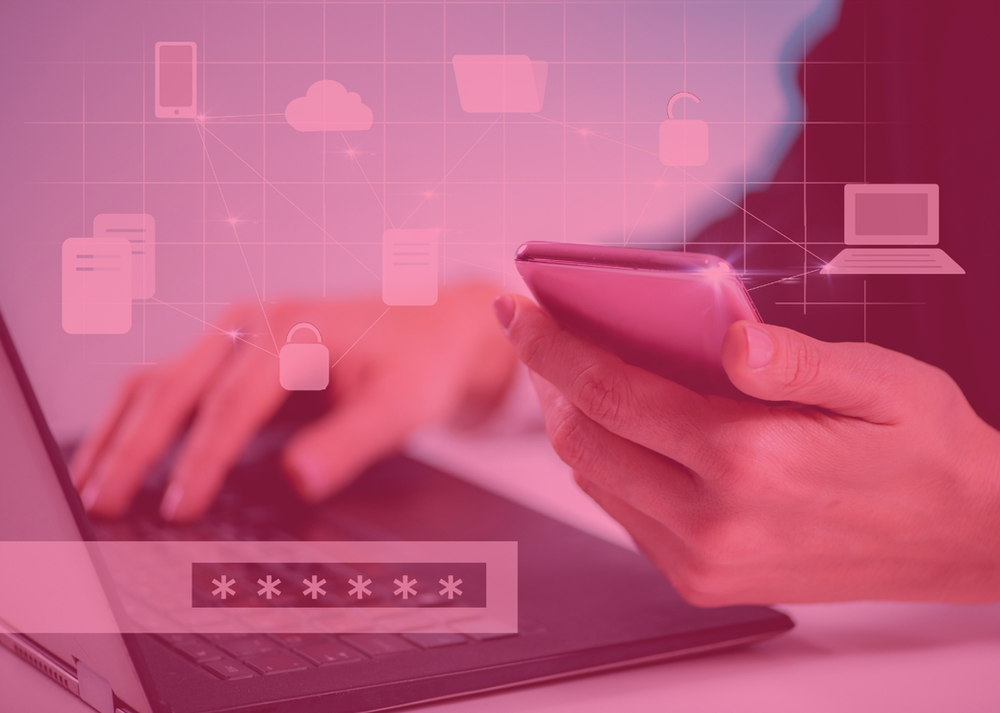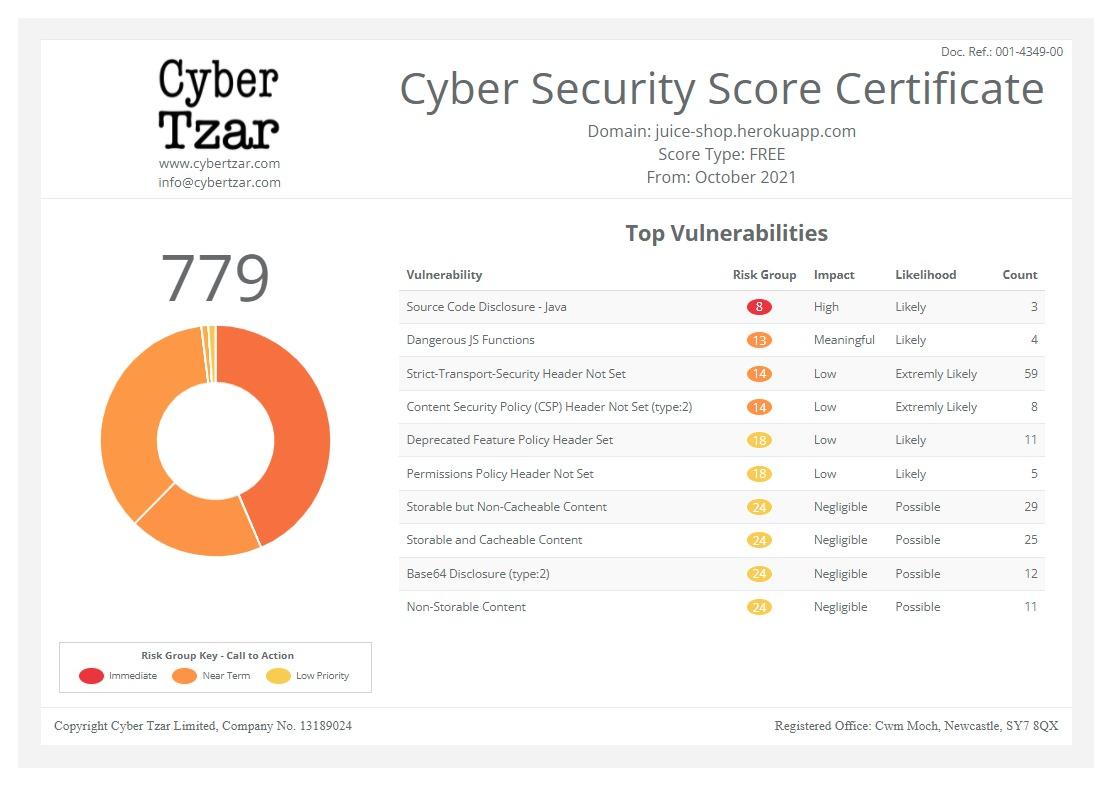Cyber Security News Aggregator
.Cyber Tzar
provide acyber security risk management
platform; including automated penetration tests and risk assesments culminating in a "cyber risk score" out of 1,000, just like a credit score.Beyond passwords: The future of Multi-Factor Authentication
published on 2024-07-30 21:49:26 UTC by todd5404Content:

We think it’s fair to say that cybersecurity has never been more important. With cyber threats becoming more common and sophisticated, relying on passwords alone (especially with many still using password124!) is no longer enough to protect our digital lives. If you’re a long-time reader of our blog, you’ll definitely have heard us mention Two-Factor Authentication before, but now this is being replaced by the tougher to crack, Multi-Factor Authentication (MFA).
From Two-Factor Authentication to Multi-Factor Authentication
Two-Factor Authentication (2FA) has been a popular method for improving online security for quite a while. As its name suggests, it requires users to provide two types of credentials, usually a password and a secondary code sent via SMS or email. This adds an extra layer of security by combining something you know (a password) with something you have (a mobile phone or email account).
2FA has effectively reduced the risks of stolen or weak passwords by providing an additional barrier that hackers must overcome. However, as cyber threats become more advanced, 2FA might not cut it anymore. This is where Multi-Factor Authentication (MFA) comes in. MFA takes things further by requiring two or more independent credentials from three distinct categories:
Something you know: Passwords, PINs, or answers to security questions.
Something you have: Physical devices like smartphones, security tokens, or smart cards.
Something you are: Biometrics, such as fingerprints, facial recognition, or voice recognition.
By using multiple factors, MFA makes it much harder for cybercriminals to gain unauthorised access, even if one factor is compromised.
The future of security: Why MFA is here to stay
With cyber threats evolving, it’s clear that we all need to step up our security game. Here’s why MFA is likely to become the new standard for online security:
Stronger security
Let’s start with an obvious one! MFA offers stronger security by requiring multiple forms of verification. This reduces the risk of breaches caused by compromised passwords, phishing attacks, or brute-force hacking attempts. Even if one factor is compromised, additional layers of security are in place to prevent unauthorised access.
Improved user experience
While MFA might seem complicated at first and even a bit annoying to use, technology is making it more user-friendly. Biometric authentication methods, like facial recognition and fingerprint scans, offer a quick and efficient user experience. As technology continues to evolve, MFA will become even more integrated into our daily lives, providing both security and convenience.
Compliance and regulations
Many industries have strict compliance and regulatory requirements for data protection. Implementing MFA helps organisations meet these requirements by providing an extra layer of security that protects sensitive information and minimises the risk of data breaches. As regulations become more stringent, MFA will play an increasingly important role in ensuring compliance.
Adaptability to emerging technologies
MFA can easily adapt to integrate with various platforms and devices. This flexibility ensures that MFA remains relevant and effective in securing our digital lives, no matter how technology evolves. From smartphones to smart home devices, MFA can be implemented across a wide range of technologies, providing consistent and reliable security.
Tips for using Multi-Factor Authentication
While MFA offers significant security benefits, there are a few things to keep in mind to ensure a smooth experience.
Recovery codes and account access
One important aspect of MFA is using recovery codes. These codes act as a backup method of authentication if you lose access to one of your authentication factors, like a smartphone. It's really important to store recovery codes in a safe and secure location, separate from your other authentication devices. If you don’t do this, it could result in being locked out of your accounts permanently – a big problem if you’re using these accounts for business.
Device management and phone swapping
Managing devices is another consideration when using MFA. If you swap or upgrade your smartphone, you must make a note to transfer your authentication apps and reconfigure your MFA settings to ensure continuous access. Neglecting to do so can lead to frustrating situations where you cannot access your accounts until MFA is reconfigured, so you really don’t want to forget this!
Ensuring consistent security
While MFA provides enhanced security, it's always important to remain vigilant and ensure that all factors of authentication are properly maintained and protected. This includes keeping your authentication devices secure, using strong and unique passwords, and staying informed about the latest security threats and best practices. In other words, don’t assume you’re covered and forget your cybersecurity basics.
Need some support with your organisation’s cyber security? Contact us today to find out how we can help.
https://www.wmcrc.co.uk/post/beyond-passwords-the-future-of-multi-factor-authentication
Published: 2024 07 30 21:49:26
Received: 2024 07 30 22:02:42
Feed: The Cyber Resilience Centre for the West Midlands
Source: National Cyber Resilience Centre Group
Category: News
Topic: Cyber Security
Views: 23
